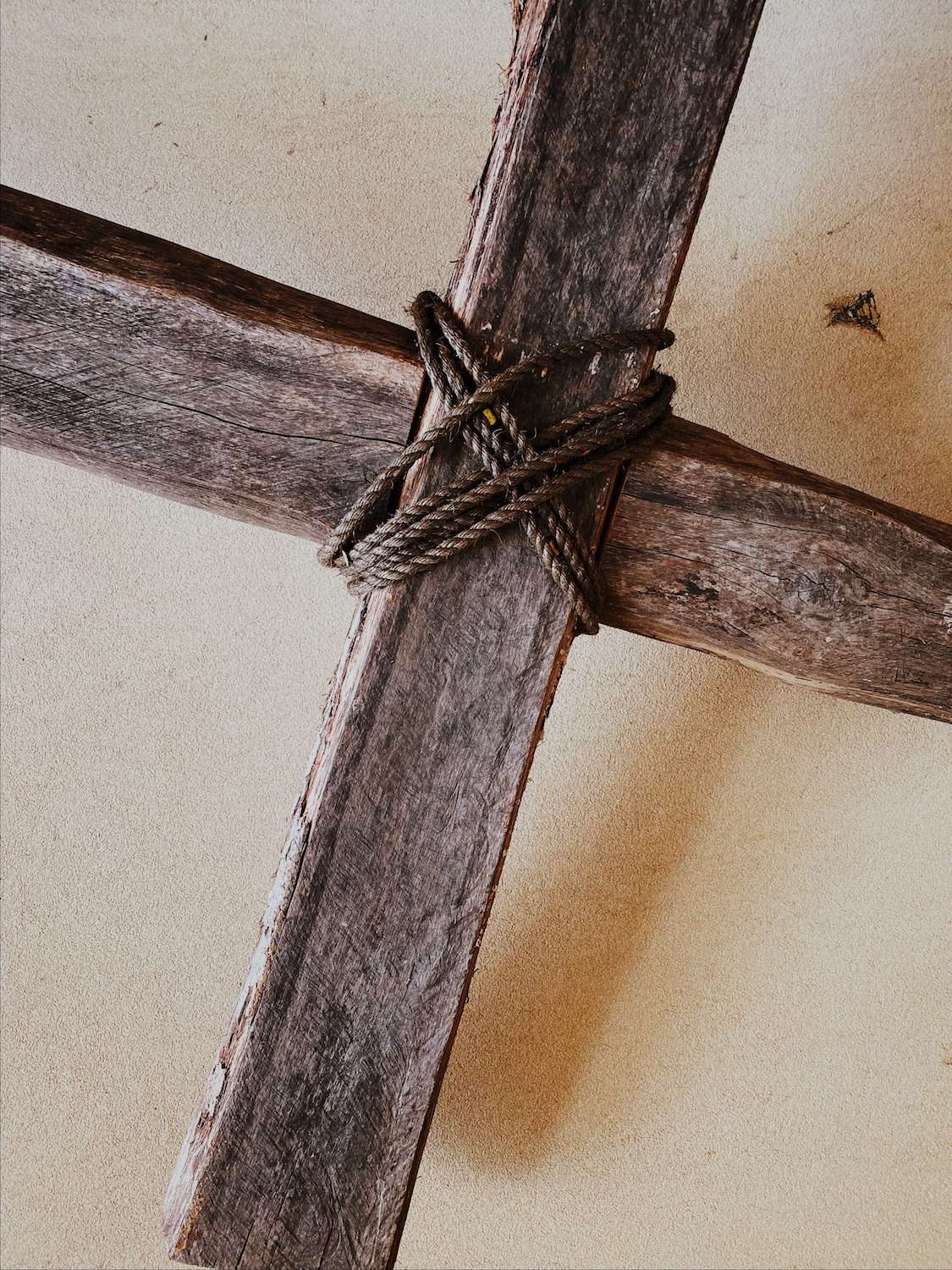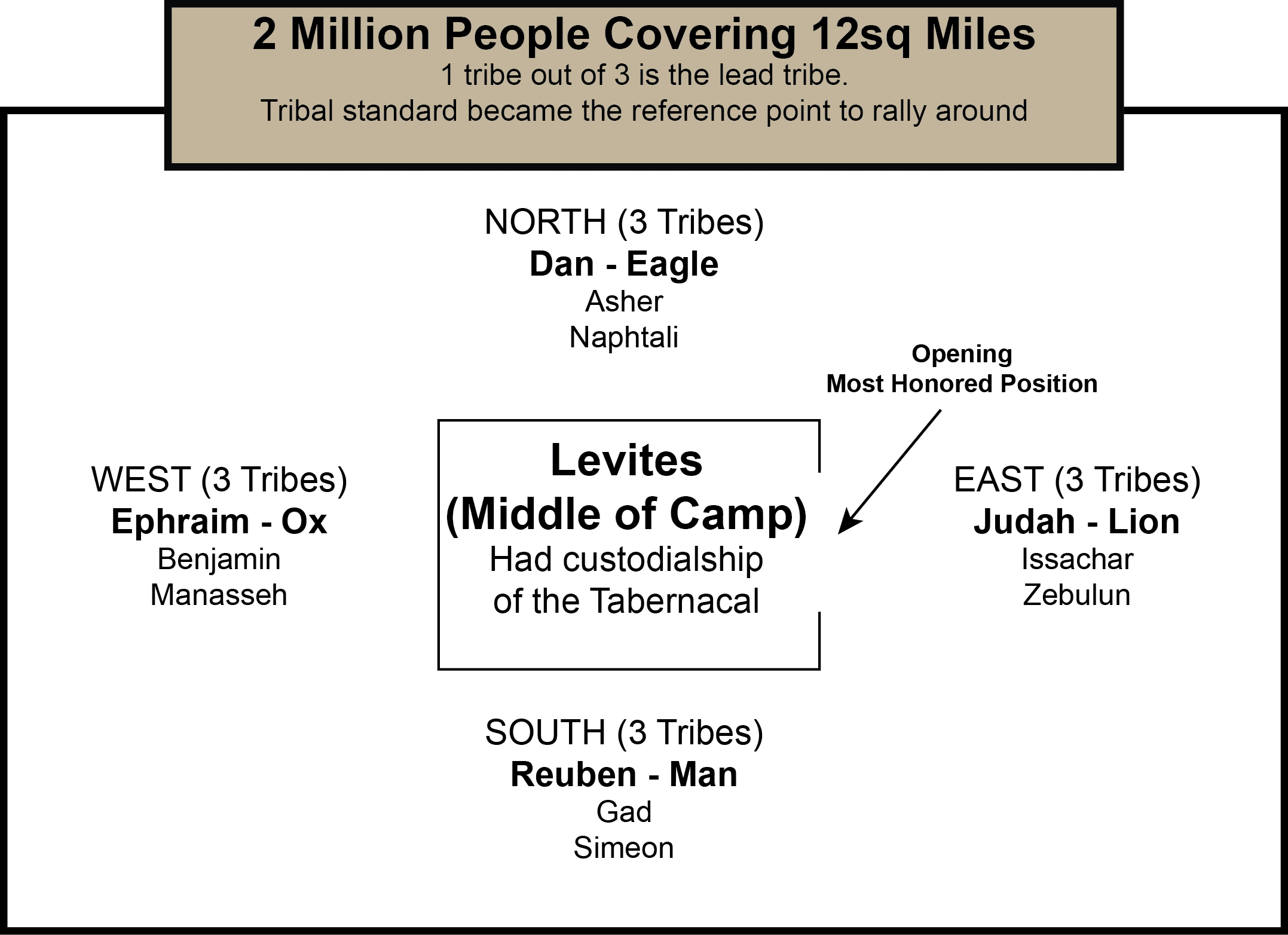The gospels
Have you ever asked yourself why are the four Gospels so similar?
Or why “new believers” are told to read the Gospel of John first?
Below is an in-depth breakdown of the four gospels and what makes each unique.
Focus of the gospels
When you read the four Gospels
(Matthew, Mark, Luke, John)
they present four views of Jesus Christ.
The details of the Gospel of John are usually not found in the other three Gospels.
Matthew
Written to the Jews (Abraham)
What Jesus said
Mark
Written to the Romans
(No Genealogy)
What Jesus did
Luke
Written to the Romans
(Adam)
How Jesus felt
John
Written to the Church
(Believers)
Who Jesus was
Matthew
Matthew was a Levite, professional record keeper. He was legalist by nature. One of the ways you know this is
Matt 23:27
Woe unto you, scribes and Pharisees, hypocrites! for ye are like unto whited sepulchers, which indeed appear beautiful outward, but are within full of dead men’s bones, and of all uncleanness.
This verse is only meaningful to a Jew
Before Passover they would put whitewash on the sepulcher’s (monuments, tombs) so if a stranger is passing by they don’t accidentally defile themselves so they stay eligible for Passover.
Matthew shows Jesus Jewish genealogy from Abraham to Joseph shows Jesus (Legal Title).
Matthew shows “Jesus as The Lion of the tribe of Judah”
— The Messiah.
Mark
Mark shows Jesus as an obedient servant to Jehovah
Luke
Luke’s perspective shows Jesus as the Son of Man. — Humanity
Jesus’ genealogy from Adam to Mary shows Jesus (Blood Title).
Remember: God put a Blood curse through Jeconiah
John
John’s perspective shows Jesus as God. — The end of the Gospel of John, show this
New converts are usually asked to read the Gospel of John because if the Holy Spirit is operating within the person it will take hold.
The problem
God announced very early that His plan for redemption involved the Messiah being brought forth from the tribe of Judah, and specifically from the line of David. The succession of subsequent kings proved to be, with only a few exceptions, a dismal chain. As the succeeding kings of Judah went from bad to worse, we eventually encounter Jeconiah (also known as Jehoiachin), upon whom God pronounces a” blood curse” :”Thus saith the Lord, Write ye this man childless, a man that shall not prosper in his days: for no man of his seed shall prosper, sitting upon the throne of David, and ruling any more in Judah.” (Jeremiah 22:30)
This curse created a rather grim and perplexing paradox: the Messiah had to come from the royal line, yet now there was a”blood curse” on that very line of descent! (I always visualize a celebration in the councils of Satan on that day. But then I imagine God turning to His angels, saying,”Watch this one!”)
The solution
The answer emerges in the differing genealogies of Jesus Christ recorded in the gospels. Matthew, as a Levi, focuses his gospel on the Messiahship of Jesus and presents Him as the Lion of the Tribe of Judah. Thus, Matthew traces the legal line from Abraham (as any Jew would) through David, then through Solomon (the. royal. line) to Joseph, the legal father of Jesus.
On the other hand, Luke, as a physician, focuses on the humanity of Jesus and presents Him as the Son of Man. Luke traces the blood line from Adam (the first Man) through to David– and his genealogy from Abraham through David is identical to Matthew’s. But then after David, Luke departs from the path taken by Matthew and traces the family tree through another son of David (the second surviving son of Bathsheba), Nathan, down through Heli, the father of Mary, the mother of Jesus.
zelophehad
One should also note the exception to the law which permitted inheritance through the daughter if no sons were available and she married within her tribe.
The daughters of Zelophehad had petitioned Moses for a special exception, which was granted when they entered the land under Joshua.
I believe it was C.I. Scofield who first noted that the claims of Christ rely upon this peculiar exception granted to the family of Zelo-phehad in the Torah. Heli, Mary’s father, apparently had no sons, and Mary married within the tribe of Judah. Jesus was born of the Virgin Mary, of the house and lineage of David and carrying legal title to the line, but without the blood curse of Jeconiah. [I believe that every detail in the Torah — and the entire Bible — has a direct link to Jesus Christ. “The volume of the book is written of me.” (Psalm 40:7)
Ref: http://khouse.org/articles/1998/73
the uniqueness of the gospel of john
The Gospel of John has some unique items. Usually everything Jesus did was in 2-3 Gospels.
- Almost everything occurred the evening of the Last Supper
- In my father’s house there are many rooms – points to the Rapture of the church (2nd Coming)
- Focus on being born-again – Nicodemus in John 3
parables – used to hide/not teach
From Matthew 13 on, Jesus only spoke in Parables. When asked why he said “So they will hear and not hear. So they will see and not see.” Only those that are illuminated by the Holy Spirit will understand.
Gospel of John assumes the reader is a believer.
- Matthew – 16 Parables
- Mark – 5 Parables
- Luke – 20 Parables
- John – Maybe 1 Parable
1st Miracle of each Gospel and the Focus
Matthew (Focus: Jews | Miracle: Cleansing of the Leper). Cleansing a Leper to a Jew is significant because it’s a form of sin.
Mark & Luke (Focus: Gentiles | Miracle: Expelling a demon).
John (Focus: Believers | Miracle: Water to wine).
Changing water to wine may not seem like as big a deal as giving the blind site or the lame to walk. This miracle shows Atonement (reparation for a wrong).
What do each Gospel end with?
Matthew – Resurrection: Jesus as the Messiah the lion of the tribe of Judah. The Resurrection fulfilled his mission.
Mark – Ascension: Jesus as a servant
Luke – Promise of the Holy Spirit. – Leads into the Book of Acts.
Many will say Luke was a physician but he was also a lawyer but not in the usual sense.
The book of Luke and Acts are considered the Trial Documents in the defense of Paul before Caesar.
Financed by Theophilus Luke was sent to record and chronicle the facts by Roman law to precede Paul when he appeared before Caesar. His documents had to precede his arrival to Rome.
Luke also goes out of his way to point out the civil unrest was not precipitated by Paul but by the local Jewish establishment.
John – Ends with the promise of the 2nd Coming – Which is a natural bridge to the Book of Revelation.
the thrown of god
Ezekiel 1 & 10, Isaiah 6, Revelation 4
These are some examples of places in scripture where we have a view of the Thrown of God. Even though the language is different where we compare the visions.
There’s a unique strange creature connected to the holiness of the thrown.
(God refers to them as Beast/Living Creatures)
They always have 4 faces (Lion, Ox, Man, Eagle)
Matthew – Lion/King
King of Kings, Genealogy of his kingly line
Jesus is referred to the Lion of the tribe of Judah
- Emphasized as a servant
- If you have a Red Letter Bible it has the least, Emphasizes the works/serving more than him teaching
- Made himself of no reputation but took upon himself the form of a servant. This is why there is No Genealogy mentioned
Luke – Man
- Humanity of Christ
- Genealogy of his humanity through Mary
John – Eagle
- Emphasized in his deity
- In the beginning, he was God and always existed
- The order of the four gospels is the same as how the four beast are mentioned
the thrown of god
In relation to the Old Testament
- Camp of Israel – technically 13 tribes when you include Joseph’s two sons Ephraim & Manasseh
- When you read the book of Numbers 2 there is a specific order how the tribes of the camp should be in formation. When Israel was in camp is becomes a Model of the Thrown of God
Holiness of Jesus
Some scholars say the roles described the holiness of Jesus
Matthew, Mark and Luke are very similar.
They are also referred to as the Synoptic Gospels because they are the first 3 books and they are so different from John
Matthew, Mark and Luke deal with the outer facts of Christ ministry
• Human facts
• Public aspect
• His Galilean ministry
• Human facts
They are almost a preparation for the 4th gospel
John deals with the inner facts of Christ ministry
Divine aspects and private discussions.
Focuses largely on his Judean ministry
John 17:1-5 is the only recorded detailed prayer between Christ and the Father.
It shows a real outpouring of the heart of the son.
In John the rejection of his kingdom was expected and part of the program.
Content and message presumes only believers will know this.
Jesus’ Inner Circle
Many accept Jesus as a super prophet, great teacher and a variety of different titles based on the religion but the common factor is that they attack his deity!
The point John makes from beginning to end is that Jesus is God the creator.
John 7-12 focuses on this.
Isaiah defines who Jesus is long before his birth. Let’s read Isaiah 9:6
For to us a child is born,
to us a son is given,
and the government will be on his shoulders.
And he will be called
Wonderful Counselor, Mighty God,
Everlasting Father, Prince of Peace
Micah 5:2 also define who Jesus is. From his birth in Bethlehem and his existence was everlasting. Jesus was incarnate in the flesh
But thou, Bethlehem Ephratah, though thou be little among the thousands of Judah, yet out of thee shall he come forth unto me that is to be ruler in Israel; whose goings forth have been from of old, from everlasting
Prophet, Teacher but who do you say I am?
Many accept Jesus as a super prophet, great teacher and a variety of different titles based on the religion but the common factor is that they attack his deity!
The point John makes from beginning to end is that Jesus is God the creator.
John 7-12 focuses on this.
Isaiah defines who Jesus is long before his birth. Let’s read Isaiah 9:6
For to us a child is born,
to us a son is given,
and the government will be on his shoulders.
And he will be called
Wonderful Counselor, Mighty God,
Everlasting Father, Prince of Peace
Micah 5:2 also define who Jesus is. From his birth in Bethlehem and his existence was everlasting. Jesus was incarnate in the flesh
But thou, Bethlehem Ephratah, though thou be little among the thousands of Judah, yet out of thee shall he come forth unto me that is to be ruler in Israel; whose goings forth have been from of old, from everlasting






